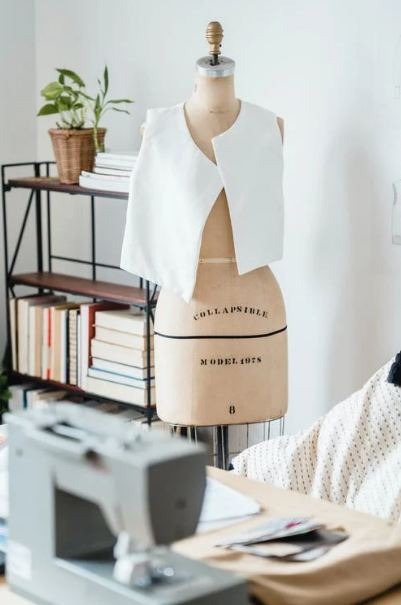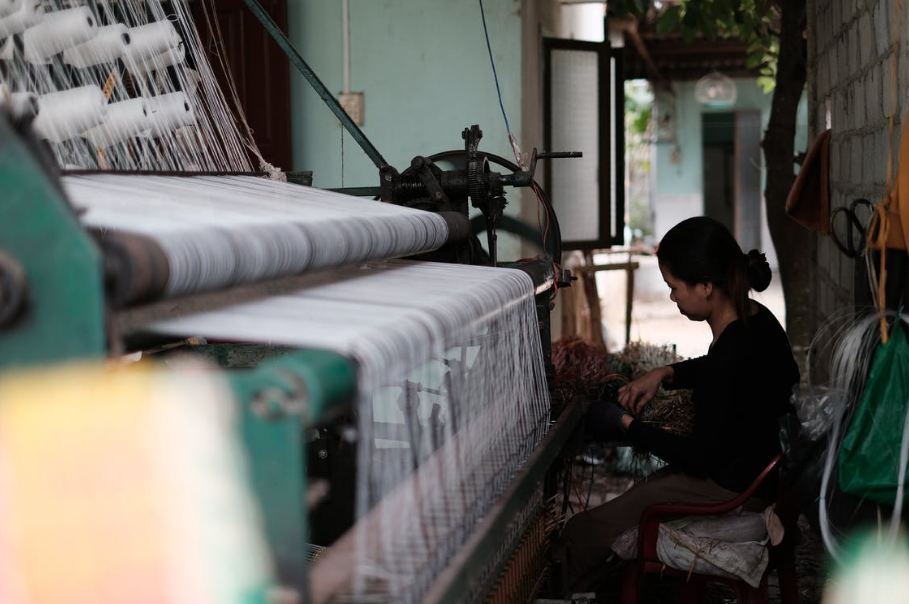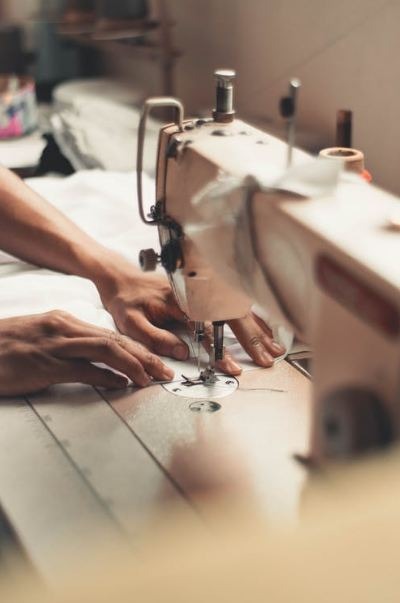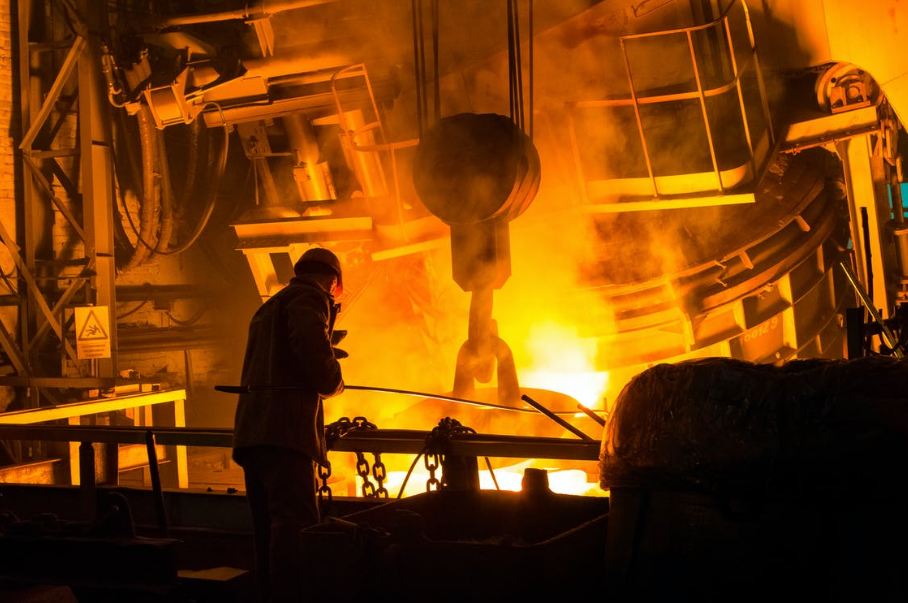Do you have pants that are too long and baggy and want them to be fit you perfectly? Do you have an old outfit that you want to bring to life by making some tailoring additions to it? Worry not, as the life-changing invention of the sewing machine has got you all covered!
A sewing machine helps you with various sewing and fabric-related tasks. Sewing machines help you in altering your clothes, embroidery, and fabric drawing. Whether it’s updating your summer dress or changing the look of your winter outfit, the sewing machine will get the job done because of its various functions.
Once you have a sewing machine, it will open up a different dimension of creativity for you. But most importantly, how are these sewing machines made? Read along and enhance your knowledge on how to make a sewing machine from scratch!
Buying a sewing machine can be difficult, especially when you don’t know which one to get. Generally, two types of sewing machines are used, one is industrial, and the second is a home sewing machine. Both of these machines are made from different materials and have different functions. Let’s talk about how both of these machines are made respectively.
Industrial Sewing Machine
A lot of technicalities have to be dealt with when making an industrial sewing machine. The frame of an industrial machine requires cast iron and various metals for its fitting. For special parts, brass, alloy, and steel are used so that the machine is durable and can last long hours during production. Most vendors cast the parts of the machine on their own, and they also supply electric and electronic elements.
Cars and sewing machines are two things that are made with precision. One minor fault in manufacturing will cost thousands, so you have to be careful. Compared to home sewing machines, industrial machines are heavier and designed to perform only one specific assembly line function.
As discussed above, industrial machines are used for only one purpose: the bulk manufacturing of fabric products. To develop a new machine or add some changes to it, a survey takes place in which the vendors discuss the changes that should be made or what type of machines the company wants, for example, a quiet and fast machine. After the survey, a design is made, and raw materials are gathered to build the sewing machine.
When the design is completed, the manufacturer supplies machines to the companies. Before that, machines are checked. Problems are identified, and the process is repeated until the product is adequate. A minimum amount of machines are sent to factories. If machines work great, large-scale manufacturing of them begins, and they are supplied throughout the country.
How is it made? The fundamental part of this machine is known as the frame. To make a frame, steel casting, heat treating, forging with the help of bar steel, grinding, and finishing are required. It is one of the main components as it characterizes the whole machine. The frame consists of cast iron. The frame is made upon a computer numerical control which is also known as CNC. It creates and folds the casting with holes that are used for inserting specific components.
Electronic components are produced by the suppliers rather than the vendors due to electrical standards. A manufacturer never adds a motor to the machine; and rather, the supplier provides the motor. Electronic components used in the industrial sewing machine are made up of metal instead of plastic. There is no need for electronic components in most parts as one motor is mostly enough to carry out the singular function of the machine.
Home Sewing Machine
Compared to industrial sewing mchine, home sewing machines are unique because of their flexibility, portability, and versatility. These machines are lightweight, easy to use, and easy to carry. Castings of these machines are made up of polyesters and plastics so that they are easy to mould, clean, and are durable when it comes to cracking and chipping.
Aluminium is used in the making of the frame for these machines. For other parts, chrome, nickel, and copper are used. An electric motor is required in home sewing machines. Not just an electric motor but feed gears, hooks, needles, presser feet, needle bar, and driveshaft are a must in a home sewing machine. Bobbins play a significant role in home sewing machines. If the bobbin is not precisely made, it would be difficult to feed the thread properly.
Some of the features necessary for home sewing machines are circuit boards for the main controls, stitch and pattern selection, machined metal parts, and motors. When making a portable sewing machine, there is an option for both the vendors and the suppliers. Either the raw material such as motor and circuit can be provided by the vendor or by manufacturers.
A survey takes place which identifies possible changes that the people want in a machine. A prototype is then made and sent to the vendors. Once they approve the machine, product engineers develop various methods to manufacture the machine. Raw materials are identified and collected. When they are satisfied with the prototype, large production of these machines takes place.
How is it made? The home sewing machine is made with precision. Its gears are made up of moldable synthetic. Metal is used to make driveshaft, and it is later tested for durability and reliability. Some parts are made with metal, and others are made with alloy to provide a suitable and steady surface.
Presser feet are made for particular machines. This gives you the ability to interchange on the machine. The machine is filled with appropriate holes, grooves, and bevels. When it is done, the presser foot is polished and coated with nickel.
Aluminium is easy to mould, so it is used in making the frame of a portable sewing machine. For the holes, high-end tools such as ceramic, diamond-edged blades, and carbide are used. Machine covers are made up of synthetic material with high impact. They are moulded in such a way that they fit and protect the other components of the machine.
High-speed robotics are used to make the circuit which lets the machine perform various functions. These circuits are exposed to a burn-in process which takes several hours. Once done, they are tested and fixed in the machines.
All of the parts are preassembled before getting fixed in the machine. Frames are being moved continuously by robots while the team assembles other components inside the frame until it is complete. Complete checkup of the machines takes place in which they test the safety and other sewing functions.
Once the machines are done, they are sent for packaging. During this process, they are assembled separately by power control units. Instruction manuals and accessories are packed with the machines. Finally, home sewing machines are shipped throughout the world.
Final Touches
This department checks all the raw material and components manufactured by the supplier when they come to the factory for both types of sewing machines. The parts are rechecked, and test runs are made on each machine. The quality control department examines the machine at various intervals until it is good to go.
The waste is almost zero when making a sewing machine. All components such as metal, steel, and plastic are meltdown for precision castings in the future.
Conclusion
Day by day, technology is increasing. New models of sewing machines are being made with unique and more straightforward functions. In the market, there are digital sewing machines that emit thermal fluids. Not just that, but this machine can also let you do large embroideries, shrink, rotate, enlarge and choose a color of your preference.
Whether you opt for an industrial sewing machine or for a portable sewing machine, it can be quite helpful to know the basics of the production of these machines. If you somehow damage a component of your machine or it stops working, you’ll have quite a bit of pre-hand information to help you out solving that problem.




